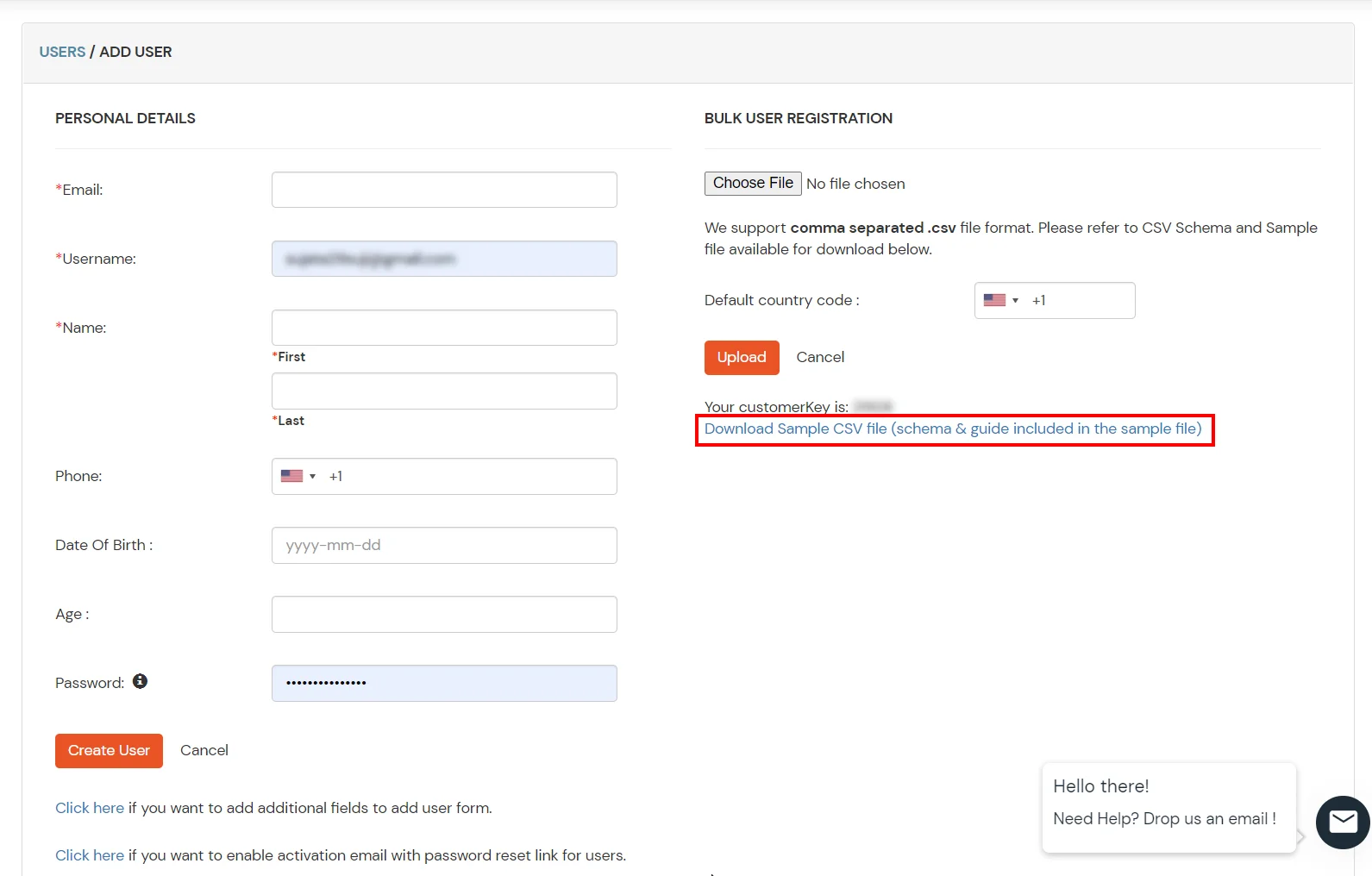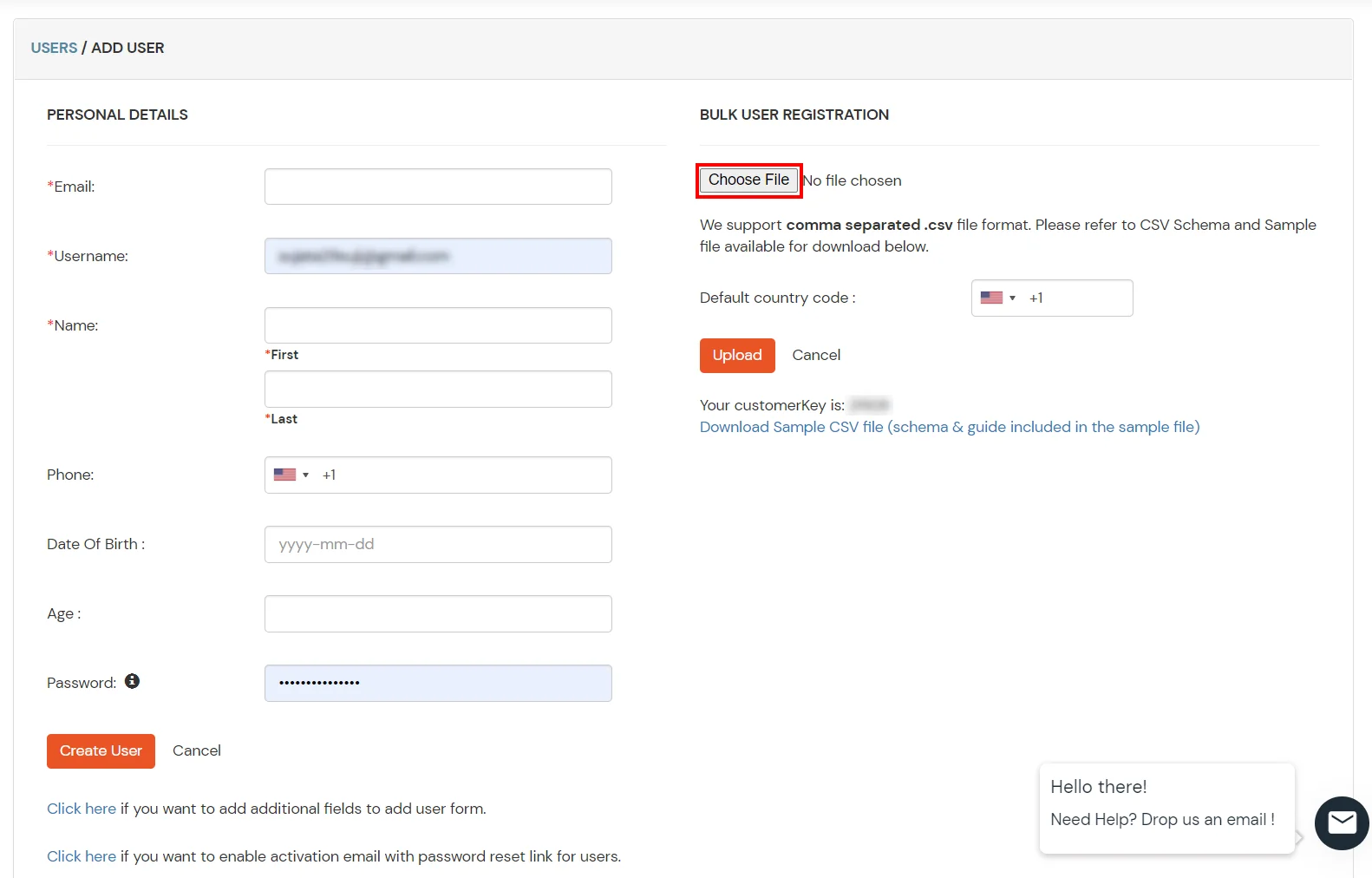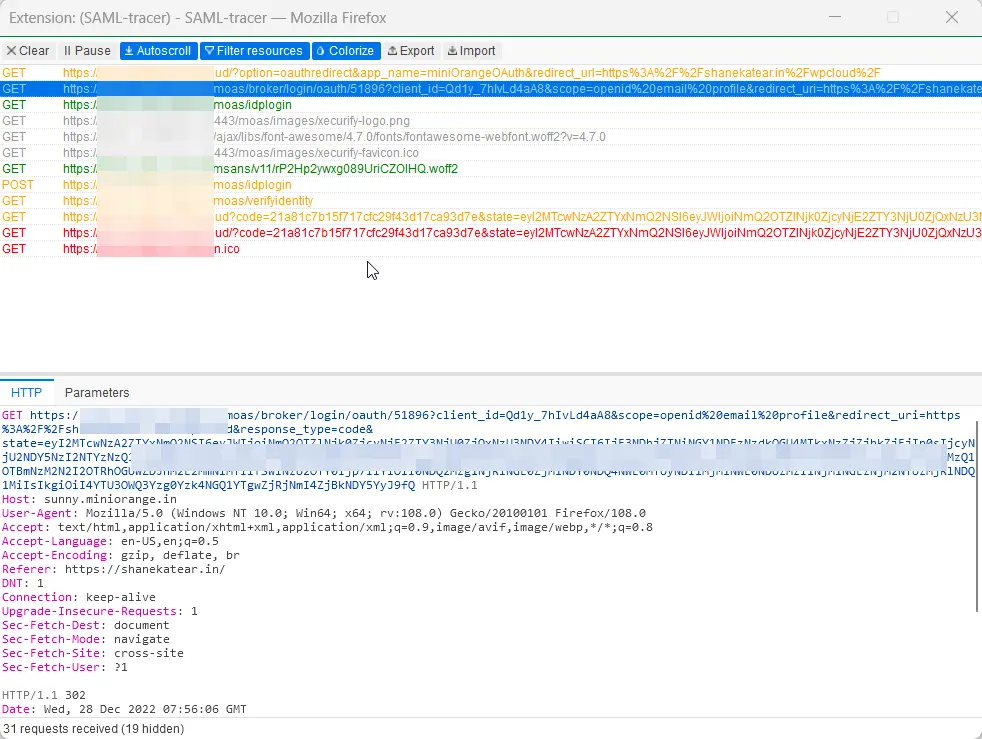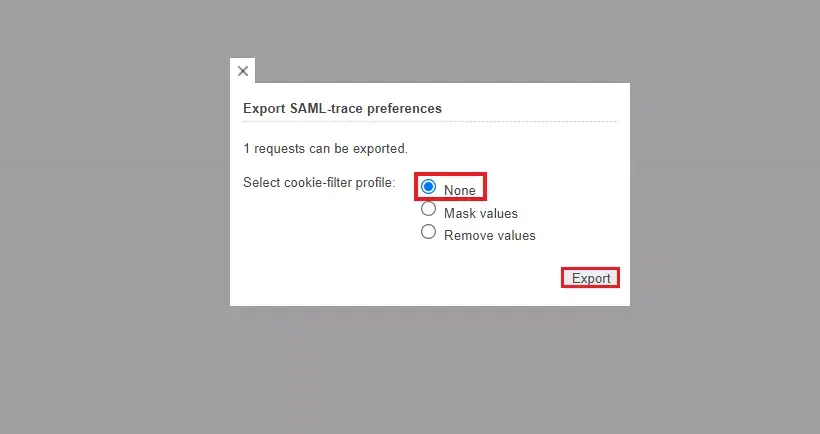SharePoint On-Premise Single Sign-On (SAML SSO)
SharePoint On-Premise SAML Single Sign-On (SSO) solution by miniOrange provides secure Single Sign-On access into SharePoint On-Premise using a single set of login credentials. This allows organizations to secure access to their SharePoint On-Premise team and easily manage user access, while also providing a seamless login experience for users.
With miniOrange SharePoint On-Premise SSO, you can:
- Enable your users to automatically login to SharePoint On-Premise
- Have centralized and easy access control of the users
- Connect easily with any external identity source like Azure AD, ADFS, Cognito, etc
Get Free Installation Help
miniOrange offers free help through a consultation call with our System Engineers to Install or Setup SharePoint On-Premise SSO solution in your environment with 30-day free trial.
For this, you need to just send us an email at idpsupport@xecurify.com to book a slot and we'll help you in no time.
Supported SSO Features
miniOrange SharePoint On-Premise SAML integration supports the following features:
- SP Initiated SSO Login: Users can access their SharePoint On-Premise account via a URL or bookmark. They will automatically be redirected to the miniOrange portal for login. Once they've signed on, they'll be automatically redirected and logged into SharePoint On-Premise.
- IdP Initiated SSO Login: Users need to login to the miniOrange first , and then click on the SharePoint On-Premise icon on the applications dashboard to access SharePoint On-Premise.(If you have set up any more Identity Sources, you will log in to that platform).
Connect with External Source of Users
miniOrange provides user authentication from various external sources, which can be Directories (like ADFS, Microsoft Active Directory, OpenLDAP, AWS etc), Identity Providers (like Microsoft Entra ID, Okta, AWS), and many more. You can configure your existing directory/user store or add users in miniOrange.
Follow the step-by-step guide given below for SharePoint on-premise Single Sign-On (SSO)
1. Configuring SharePoint Gateway in miniOrange-
Please refer to the below screenshot to understand information required to configure SharePoint Gateway as a Custom SAML Application in miniOrange.
- Log into miniOrange Admin Console.
- Go to Apps and click on Add Application button.

- In Choose Application Type click on Create App button in SAML/WS-FED application type.
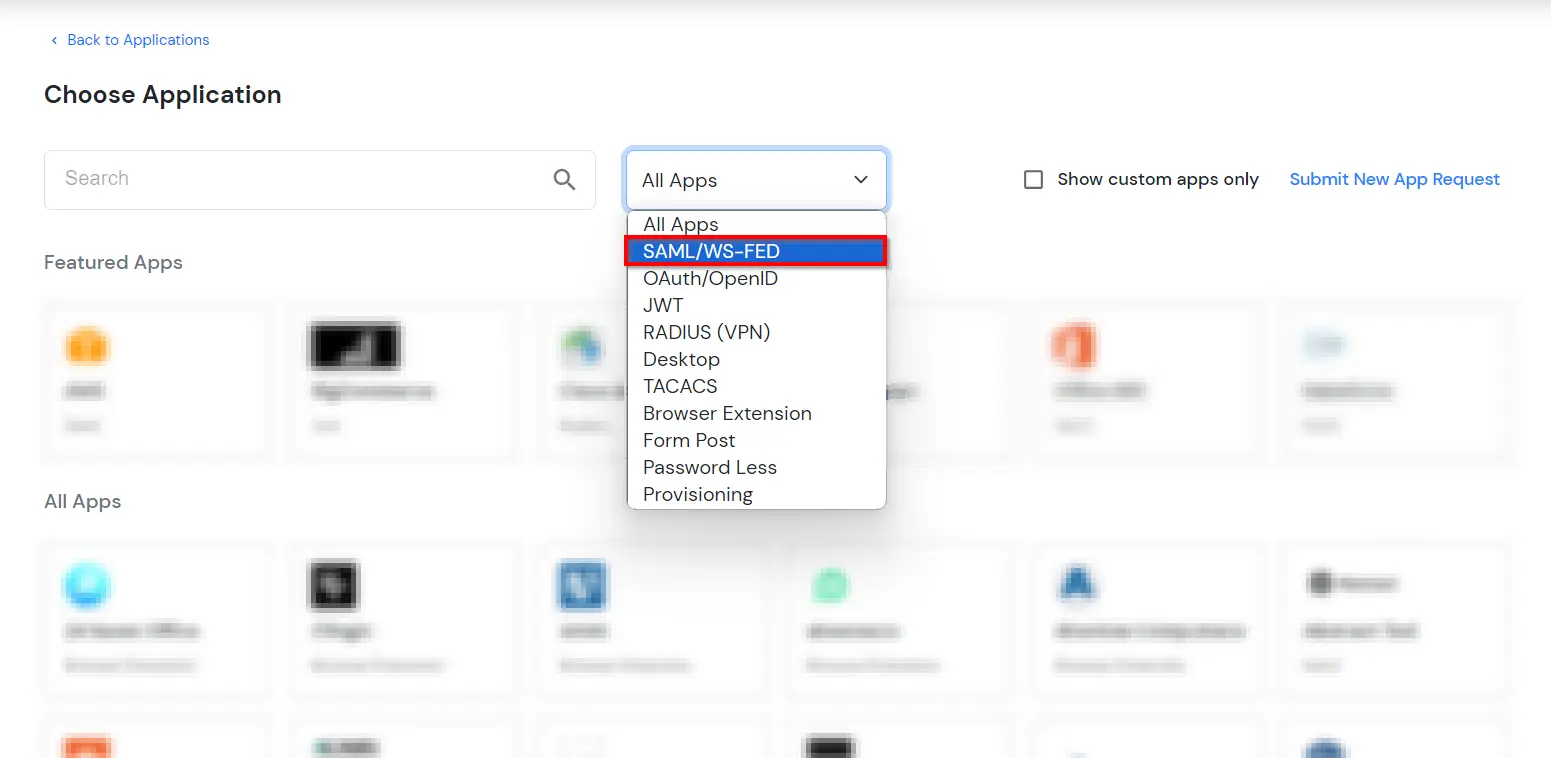
- Search and select Custom WS-Fed App.
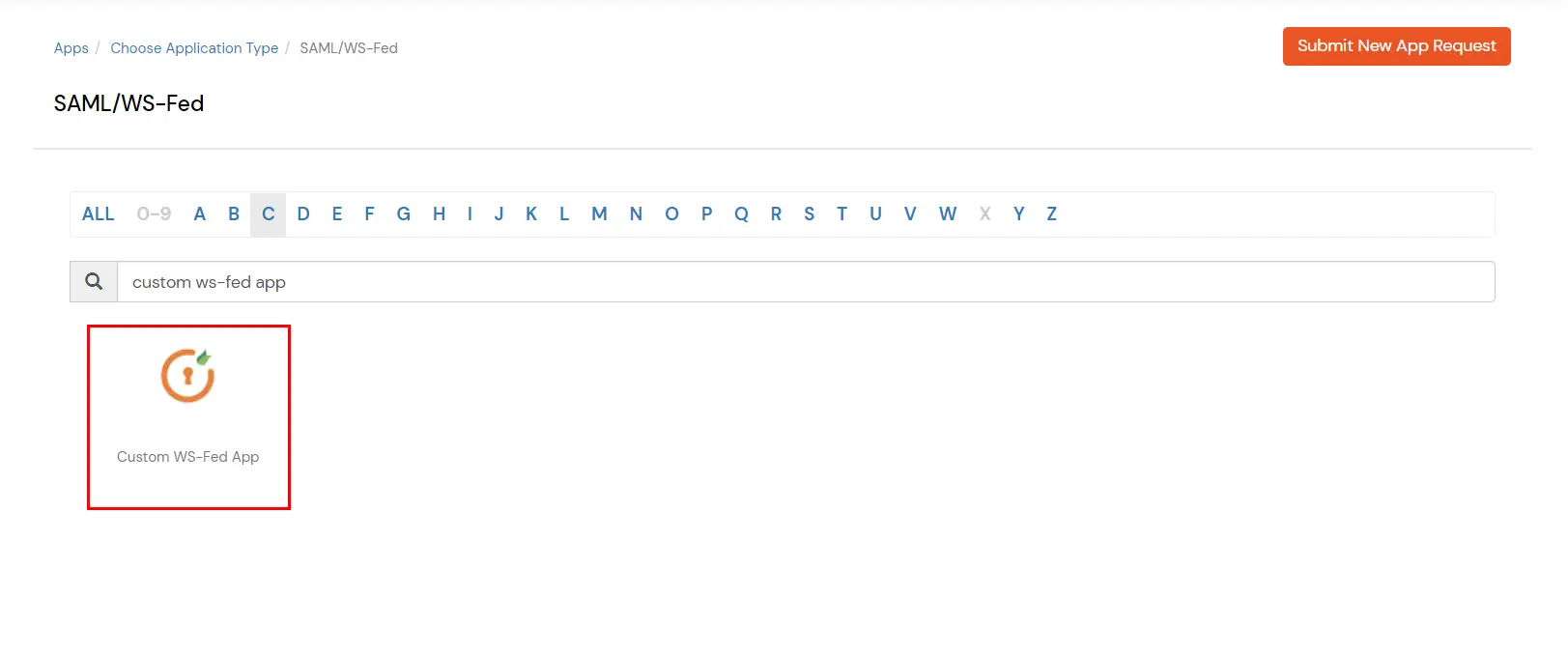
- Enter the following information in the respective fields.
- Custom Application Name:
Sharepoint
- WT-Realm:
http://<YOUR-SHAREPOINT-DOMAIN>/_trust/default.aspx
- Reply URL:
http://<YOUR-SHAREPOINT-DOMAIN>/_trust/

- Under Attribute Mapping section, enter the following attibutes as shown below:
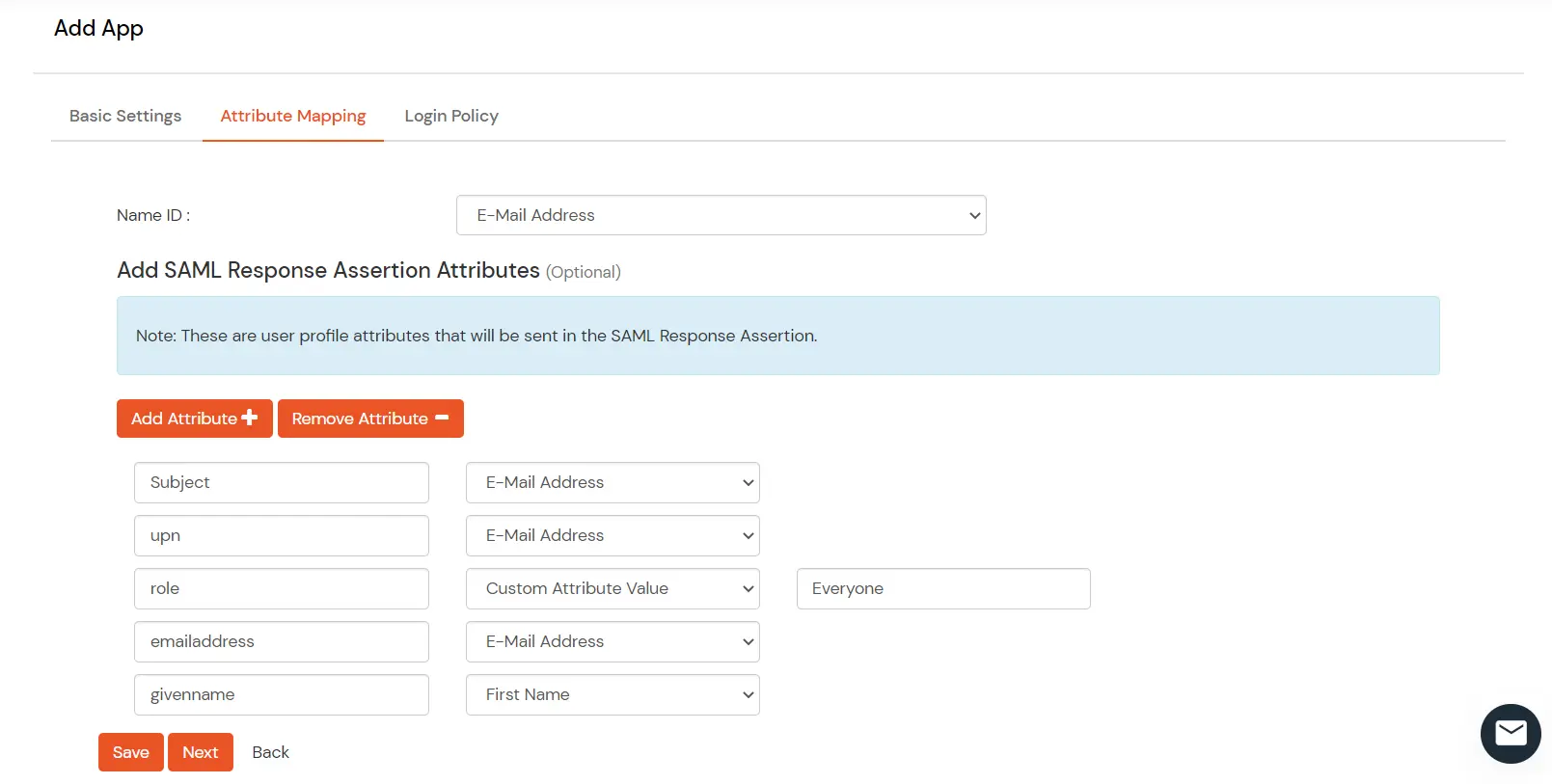
- Click on Save.
2. SharePoint Gateway Connection with miniOrange IdP
After the above steps, we are able to get the SAML connection information to connect the SharePoint Gateway to the miniOrange IdP. This steps allows the SharePoint Gateway to send authentication requests to the miniOrange IdP.
- Navigate to the Apps section in miniOrange. Locate the SharePoint Gateway application created in the above step and click on Metadata under the Select dropdown.

- If miniOrange is the Primary Authentication source, set it as the same in External Directories.
- If Active Directory is the primary authentication source, use the Information required to Authenticate via External IDPs option.
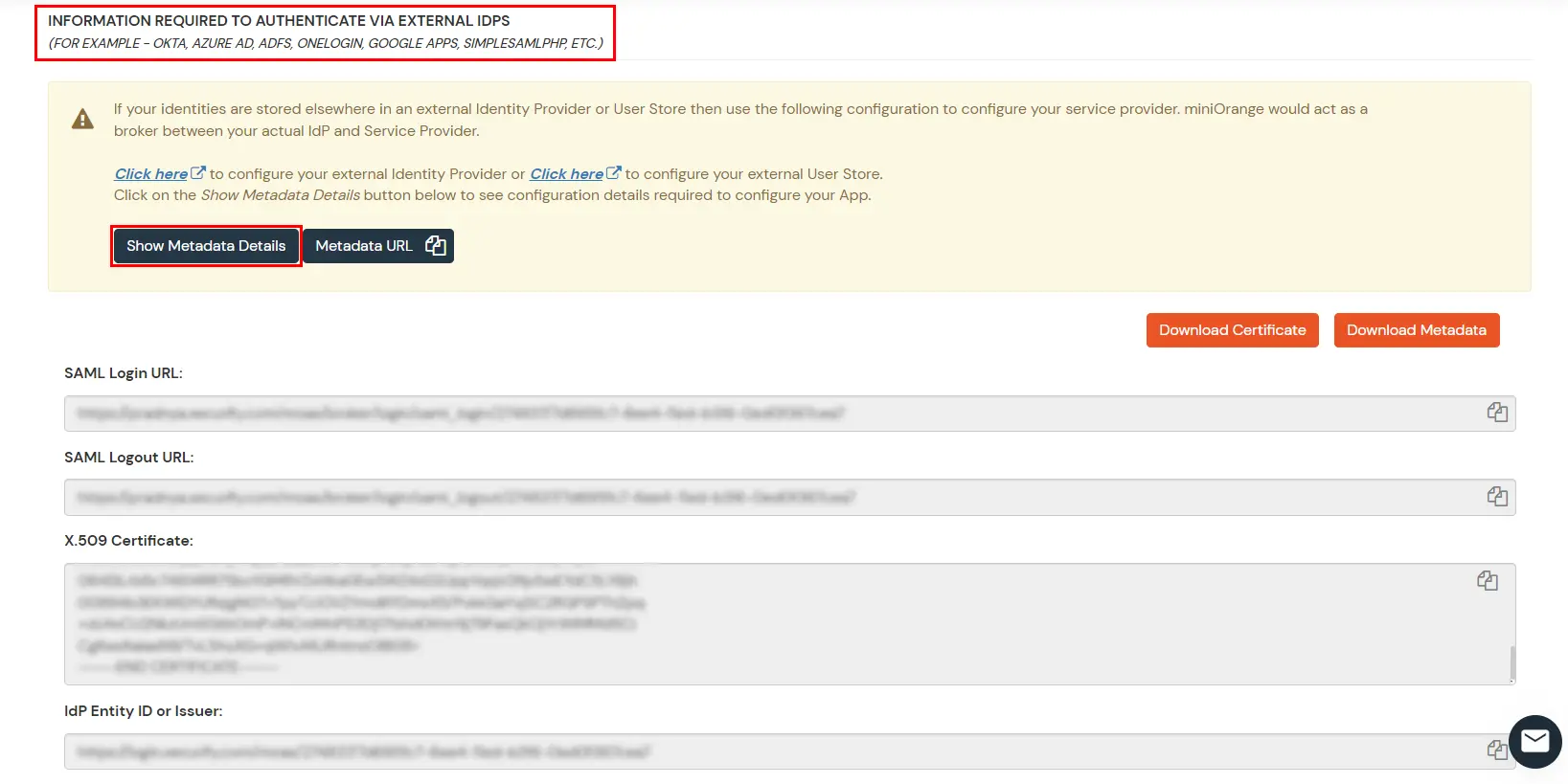
3. Configure external Authentication Providers in SharePoint
- Download and open the certificate, click on Details->Copy to File->Base-64 encoded X.509.
- Export the certificate and save it on Sharepoint machine.
- Download the setup.ps1
- Execute the setup.ps1 in Administrator Sharepoint Powershell.
[Note: If you encounter an issue, try running this command:
Set-ExecutionPolicy -Scope Process -ExecutionPolicy Bypass.
After this, again execute the setup.ps1 in Administrator Sharepoint Powershell.]
- Once executed, continue with the following arguments:
- SignIn URL:
WS-Federation Reply URL from metadata.
- Enter Realm:
http://<YOUR-SHAREPOINT-DOMAIN>/_trust/default.aspx
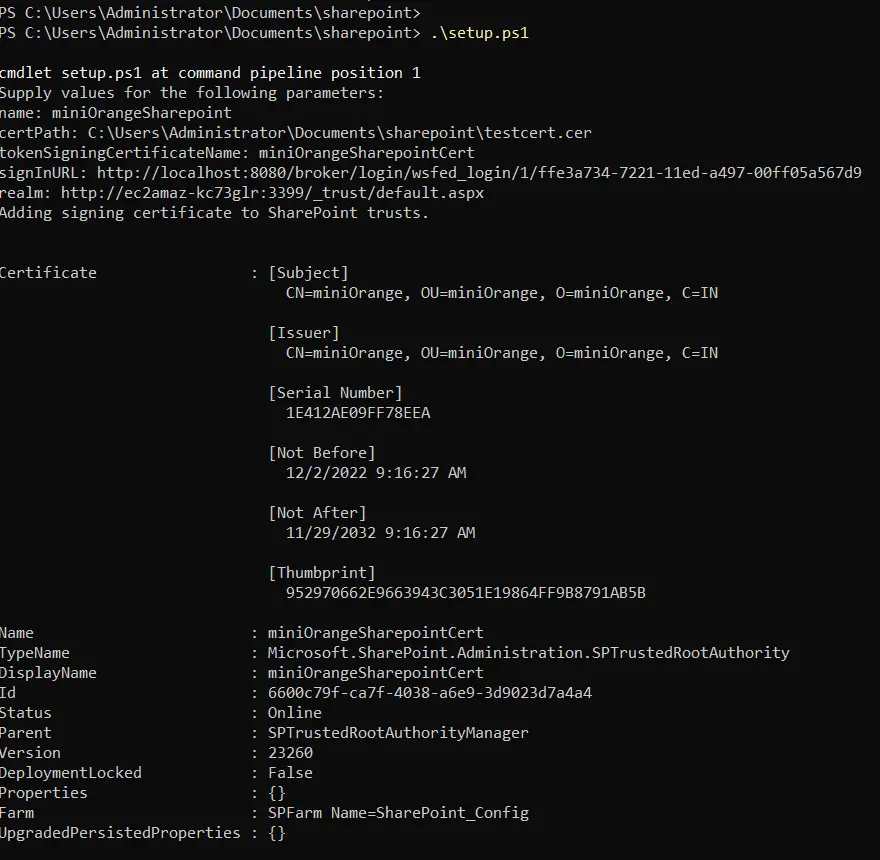
- Once this is done, the Authentication Provider is created.
4. Enable the Authentication Provider for login into the SharePoint website
To enable the SharePoint Gateway, login into the SharePoint Central Administration with an admin user.
- Navigate to the Security section in the SharePoint Central Administration.
- Click on Specify Authentication Providers.
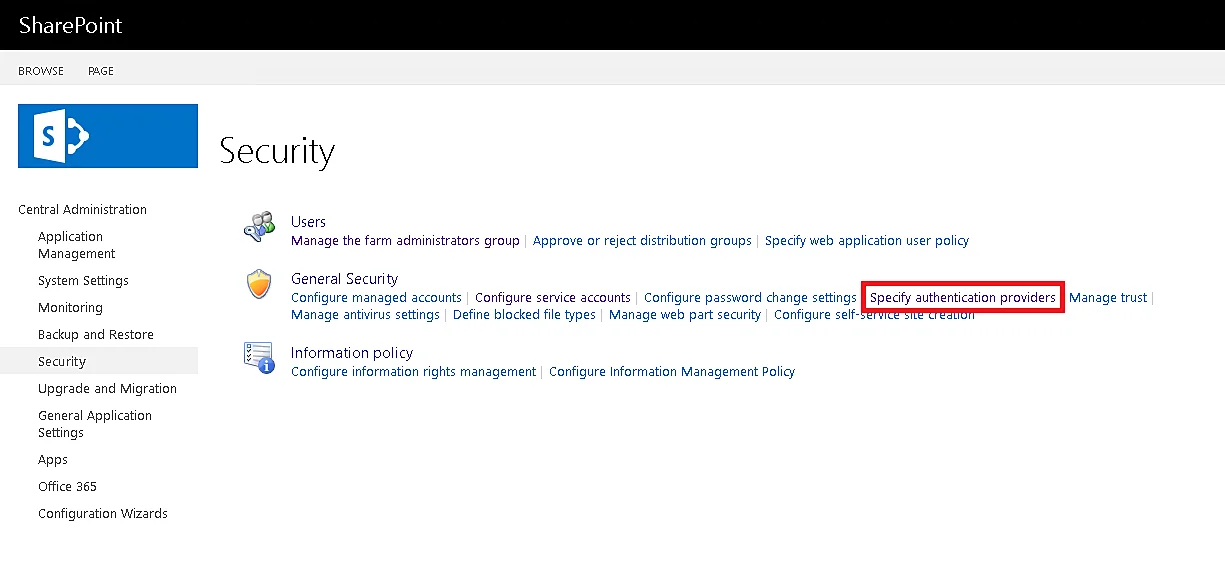
- Make sure to select the correct Web Application for the configuration.

- Click on Default. This will open the window shown below.
- Check miniOrange under Trusted Identity Providers and click on Save.
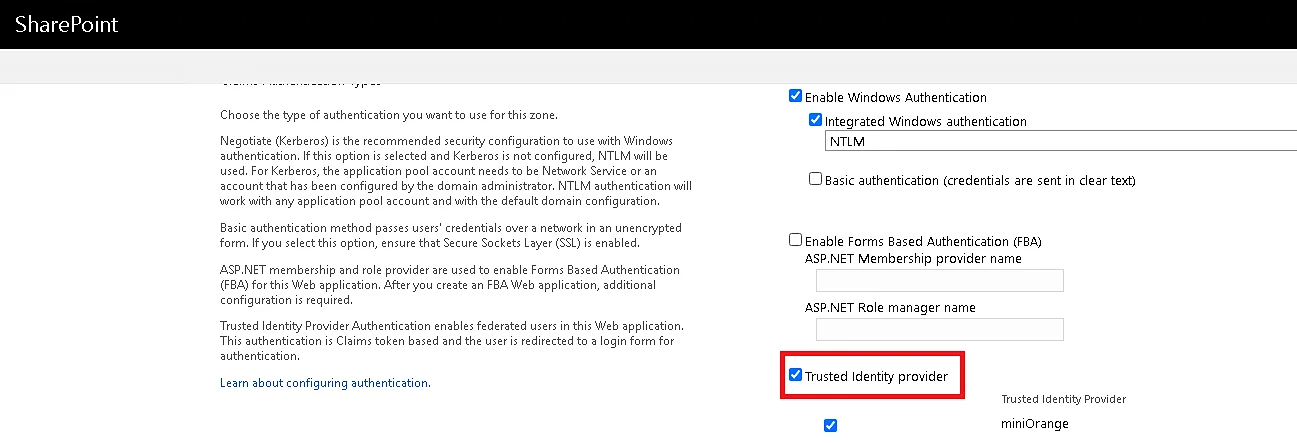
- After this, you can test the login for the website. Upon accessing the website, you should see the following dropdown.

- Clicking on miniOrange will take you to the miniOrange login screen.
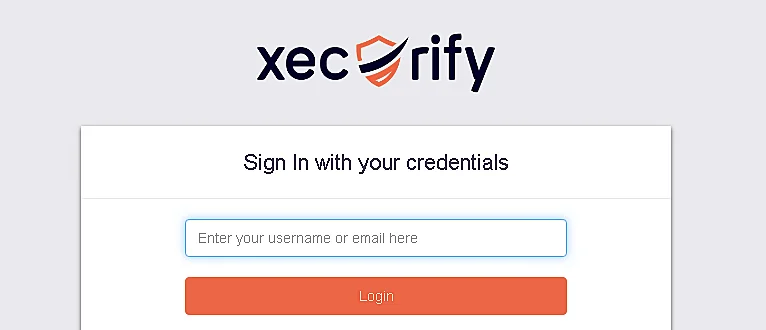
- After entering valid credentials, you will be signed-in into the SharePoint website.
5. Configure Your User Directory (Optional)
miniOrange provides user authentication from various external sources, which can be Directories (like ADFS, Microsoft Active Directory, Microsoft Entra ID, OpenLDAP, Google, AWS Cognito etc), Identity Providers (like Okta, Shibboleth, Ping, OneLogin, KeyCloak), Databases (like MySQL, Maria DB, PostgreSQL) and many more. You can configure your existing directory/user store or add users in miniOrange.
- Click on External Directories >> Add Directory in the left menu of the dashboard.

- Select Directory type as AD/LDAP.

- STORE LDAP CONFIGURATION IN MINIORANGE: Choose this option if you want to keep your configuration in miniOrange. If active directory is behind a firewall, you will need to open the firewall to allow incoming requests to your AD.
- STORE LDAP CONFIGURATION ON PREMISE: Choose this option if you want to keep your configuration in your premise and only allow access to AD inside premises. You will have to download and install miniOrange gateway in your premise.

- Enter LDAP Display Name and LDAP Identifier name.
- Select Directory Type as Active Directory.
- Enter the LDAP Server URL or IP Address against LDAP Server URL field.
- Click on Test Connection button to verify if you have made a successful connection with your LDAP server.

- In Active Directory, go to the properties of user containers/OU's and search for Distinguished Name attribute.
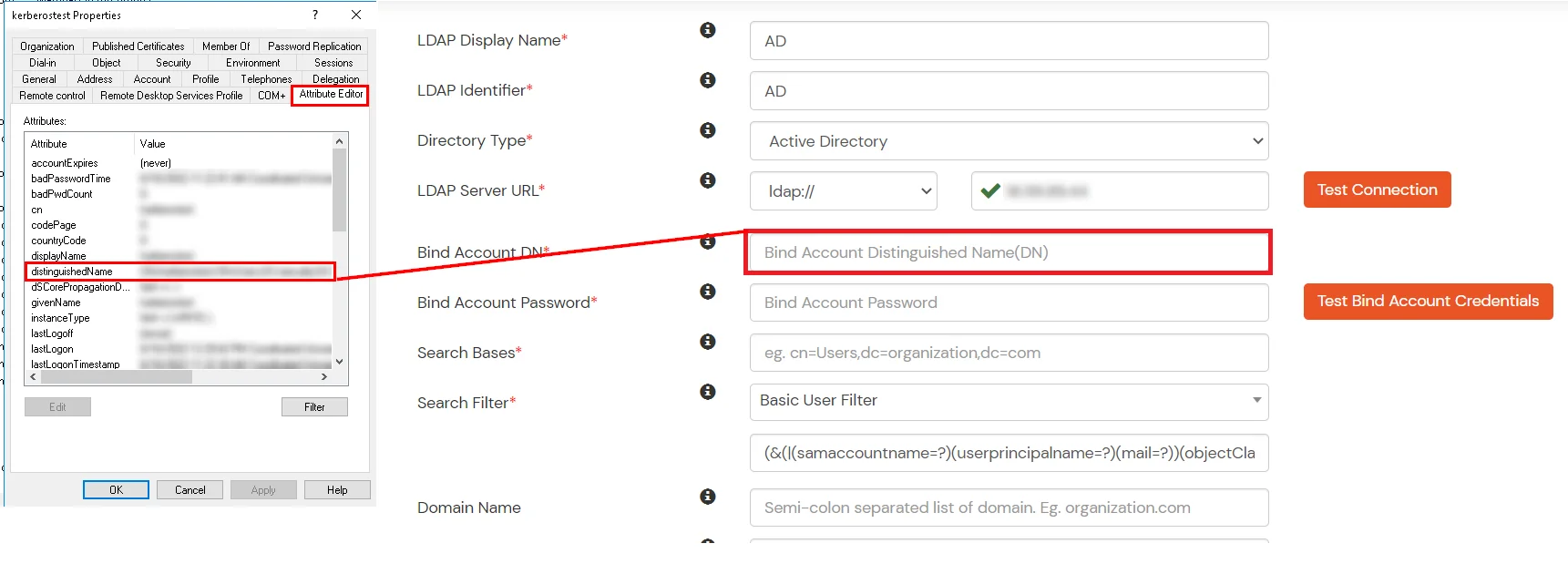
- Enter the valid Bind account Password.
- Click on Test Bind Account Credentials button to verify your LDAP Bind credentials for LDAP connection.

- Search Base is the location in the directory where the search for a user begins. You will get this from the same place you got your Distinguished name.

- Select a suitable Search filter from the drop-down menu. If you use User in Single Group Filter or User in Multiple Group Filter, replace the <group-dn> in the search filter with the distinguished name of the group in which your users are present. To use custom Search Filter select "Write your Custom Filter" option and customize it accordingly.

- You can also configure following options while setting up AD. Enable Activate LDAP in order to authenticate users from AD/LDAP. Click on the Save button to add user store.

Here's the list of the attributes and what it does when we enable it. You can enable/disable accordingly.
| Attribute |
Description |
| Activate LDAP |
All user authentications will be done with LDAP credentials if you Activate it |
| Sync users in miniOrange |
Users will be created in miniOrange after authentication with LDAP |
| Fallback Authentication |
If LDAP credentials fail then user will be authenticated through miniOrange |
| Allow users to change password |
This allows your users to change their password. It updates the new credentials in your LDAP server |
| Enable administrator login |
On enabling this, your miniOrange Administrator login authenticates using your LDAP server |
| Show IdP to users |
If you enable this option, this IdP will be visible to users |
| Send Configured Attributes |
If you enable this option, then only the attributes configured below will be sent in attributes at the time of login |
- Click on Save. After this, it will show you the list of User stores. Click on Test Connection to check whether you have enter valid details. For that, it will ask for username and password.

- On Successful connection with LDAP Server, a success message is shown.
- Click on Test Attribute Mapping.

- Enter a valid Username. Then, click on Test. Mapped Attributes corresponding to the user are fetched.

- After successful Attribute Mapping Configuration, go back to the ldap configuration and enable Activate LDAP in order to authenticate users from AD/LDAP.
Refer our guide to setup LDAPS on windows server.
User Import and Provisioning from AD
- Go to Settings >> Product Settings in the Customer Admin Account.
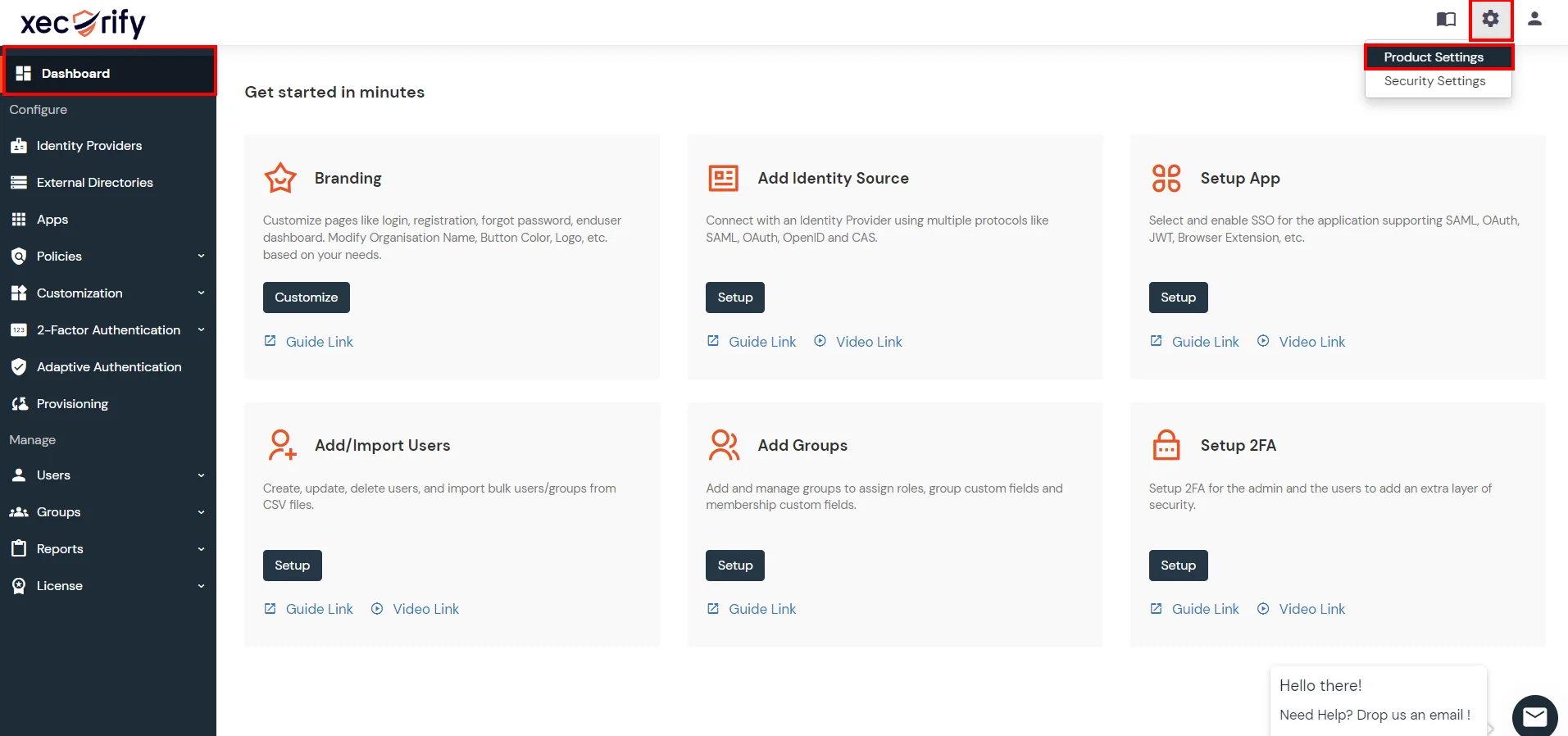
- Enable the "Enable User Auto Registration" option and click Save.

- (Optional) To send a welcome email to all the end users that will be imported, enable the "Enable sending Welcome Emails after user registration" option and click Save.

- From the Left-Side menu of the dashboard select Provisioning.
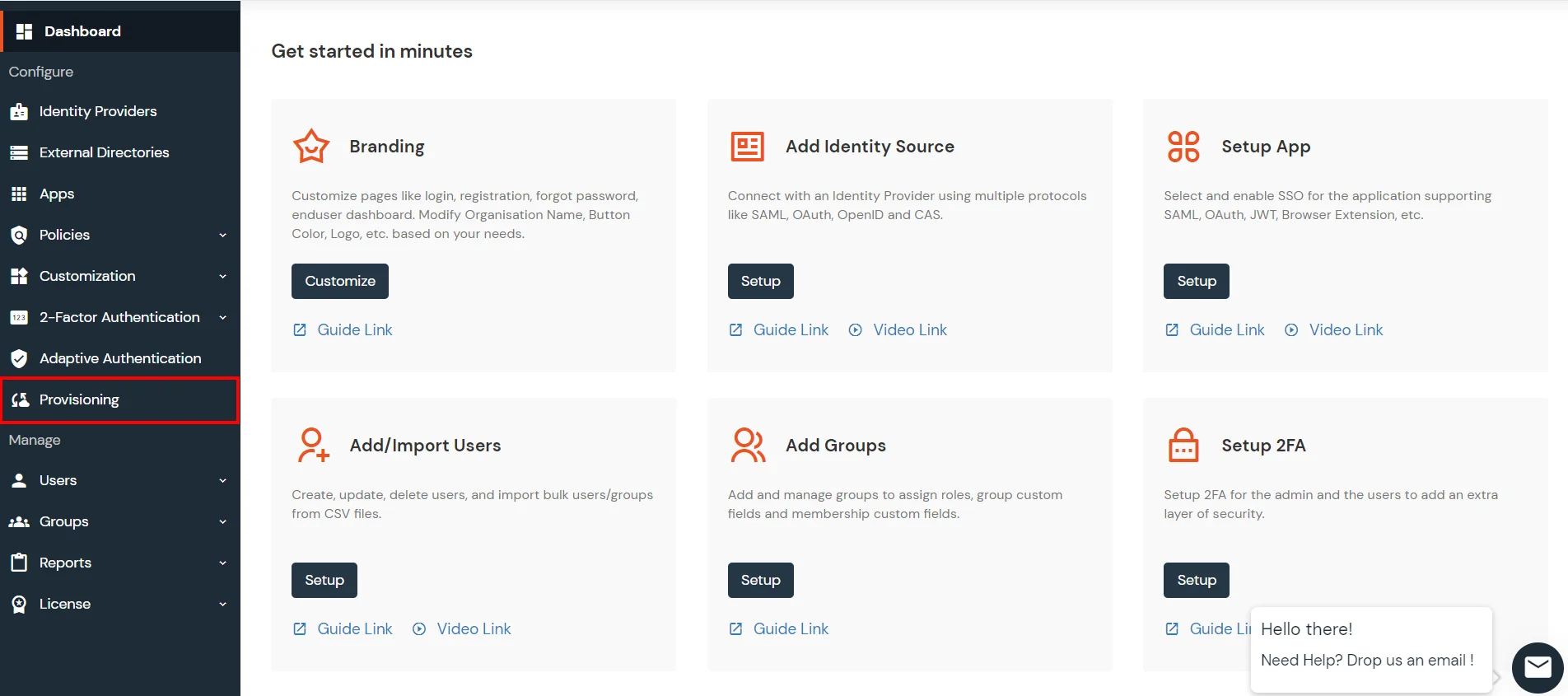
- In Setup Provisioning tab select Active Directory in the Select Application drop-down.
- Toggle the Import Users tab, click on Save button.
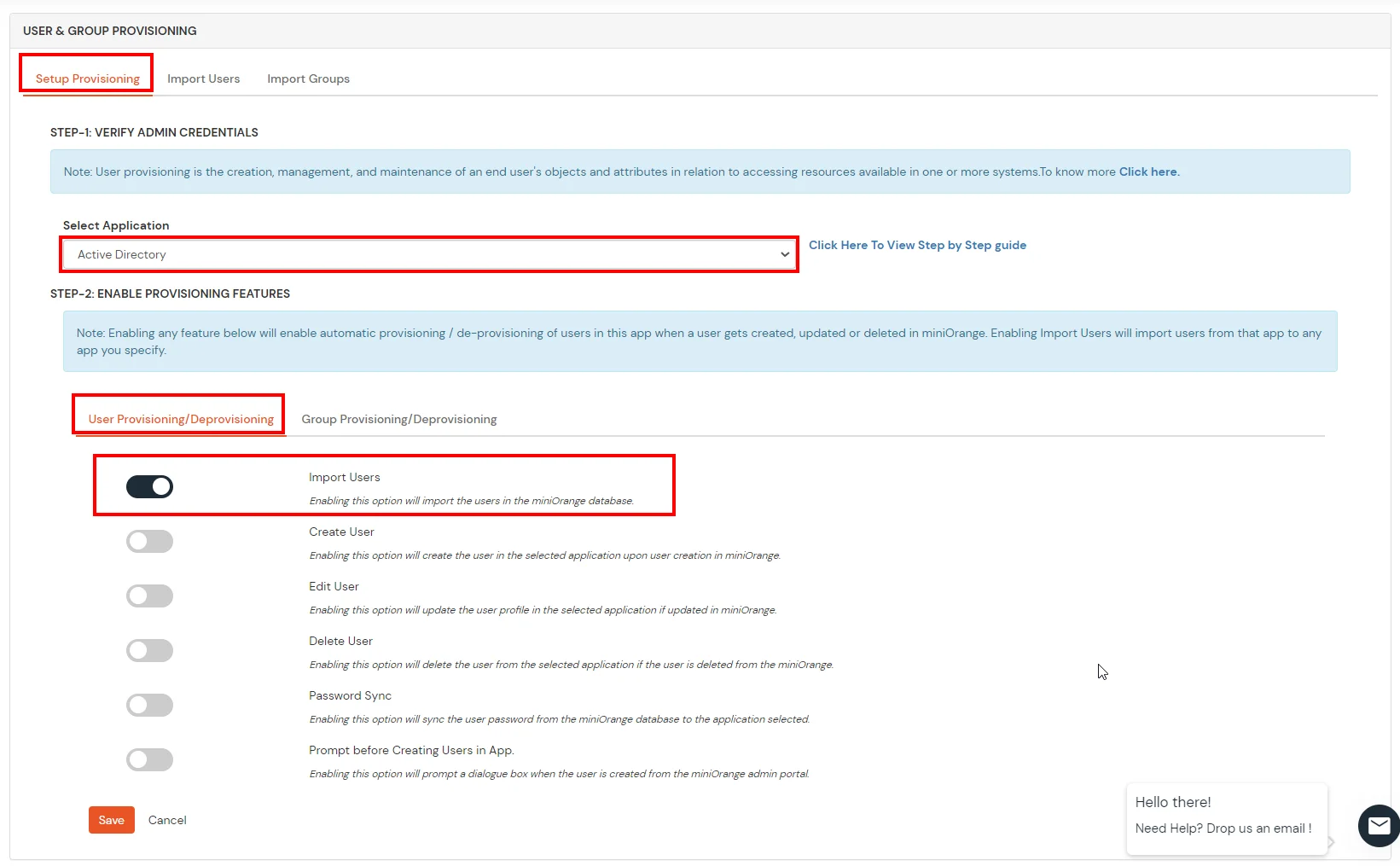
- On the same section, switch to Import Users section.
- Select Active Directory from the dropdown and click on the Import Users tab, to import all the users from Active Directory to miniOrange.

- You can view all the Users you have imports by selecting Users >> User List from Left Panel.
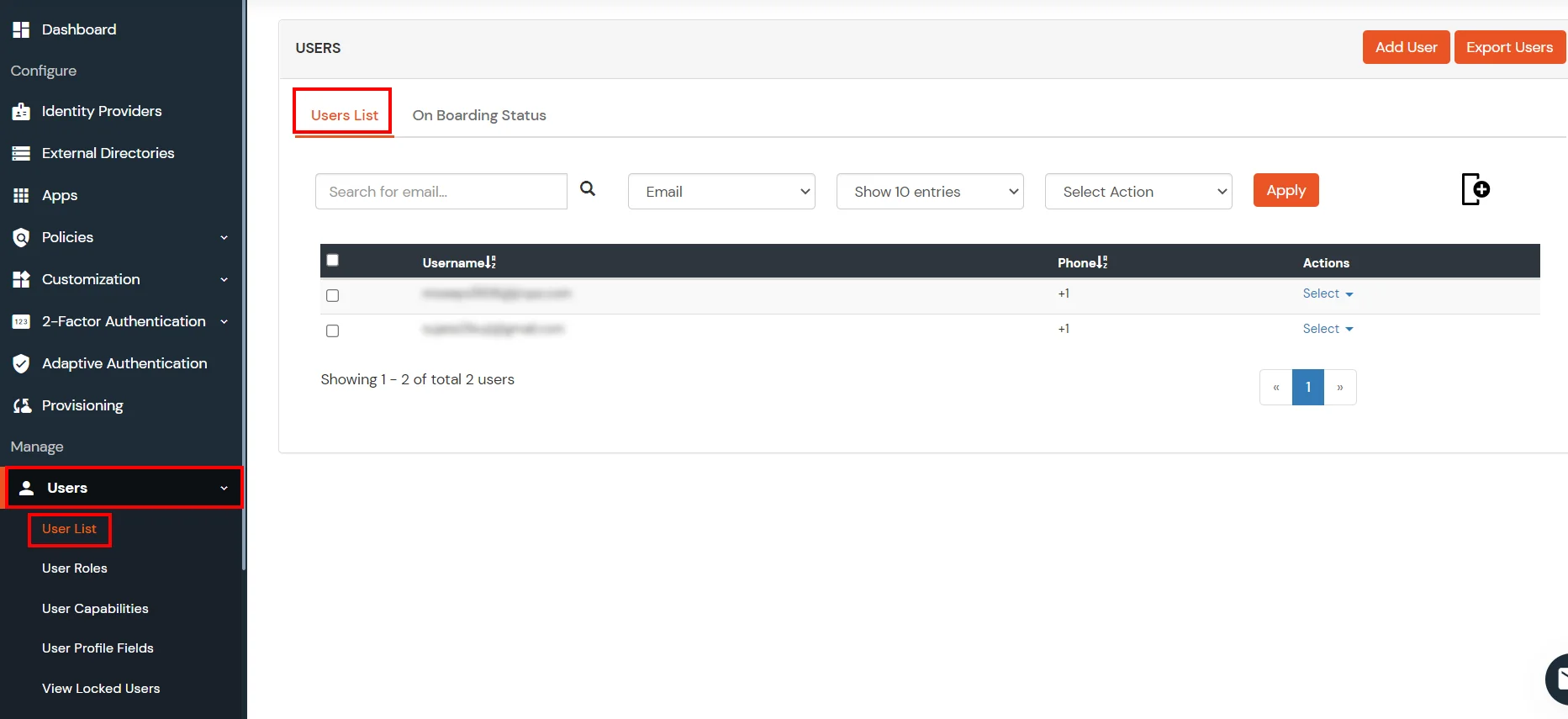
- All the imported users will be auto registered.
- These groups will be helpful in adding multiple 2FA policies on the applications.
miniOrange integrates with various external user sources such as directories, identity providers, and etc.
Troubleshooting
How can I trace and export the SAML tracer logs?
External References
- Microsoft Apps + miniOrange
- SharePoint SSO integration with cloud environment
- Enable SAML SSO – Secure & Streamline User Access
- SharePoint 2FA/MFA configuration




















